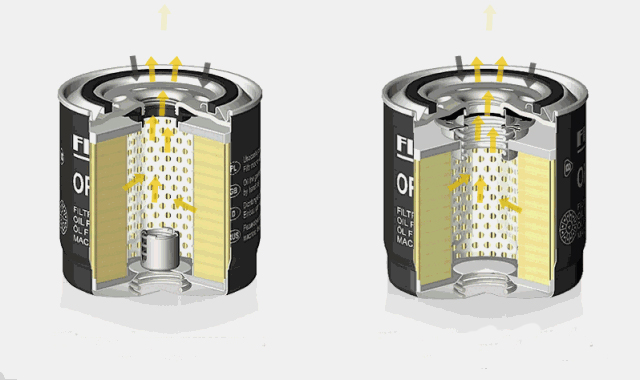Oil filters for heavy-duty trucks are crucial for optimizing engine efficiency and longevity. One of the critical factors that affect filter performance is the depth of pleats. Pleat depth refers to the thickness and density of the layers inside the filter, which determine how effectively the filter can clean oil particles.
What is Pleat Depth and Why Does It Matter?
Pleat depth indicates the thickness of the layers inside the oil filter. Typically measured in millimeters, deeper pleats provide more filtering surface area, allowing the filter to trap more contaminants effectively. This ensures a cleaner flow of oil through the engine, enhancing performance and extending component life.
The Relationship Between Pleat Depth and Filtration Performance
The depth of pleats used in heavy-duty truck oil filters directly impacts filtration performance. Deeper pleats efficiently capture small oil particles, maintaining cleaner oil flow to the engine. This not only improves engine performance but also contributes to longer-lasting engine components.
Considerations When Choosing Pleat Depth
Operators and maintenance professionals in the heavy-duty truck industry should carefully consider pleat depth when selecting oil filters. While deeper pleats offer superior filtration, excessively deep pleats may increase filter resistance and potentially restrict oil flow. Therefore, selecting the appropriate pleat depth based on operational conditions and manufacturer recommendations is crucial.
Conclusion
The depth of pleats in heavy-duty truck oil filters plays a critical role in overall filter performance and engine protection. Choosing the right pleat depth helps optimize oil cleanliness, engine performance, and maintenance costs over the vehicle’s lifespan. Armed with accurate information about pleat depth during the filter selection process is essential for ensuring long-term vehicle performance and reliability.
